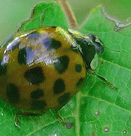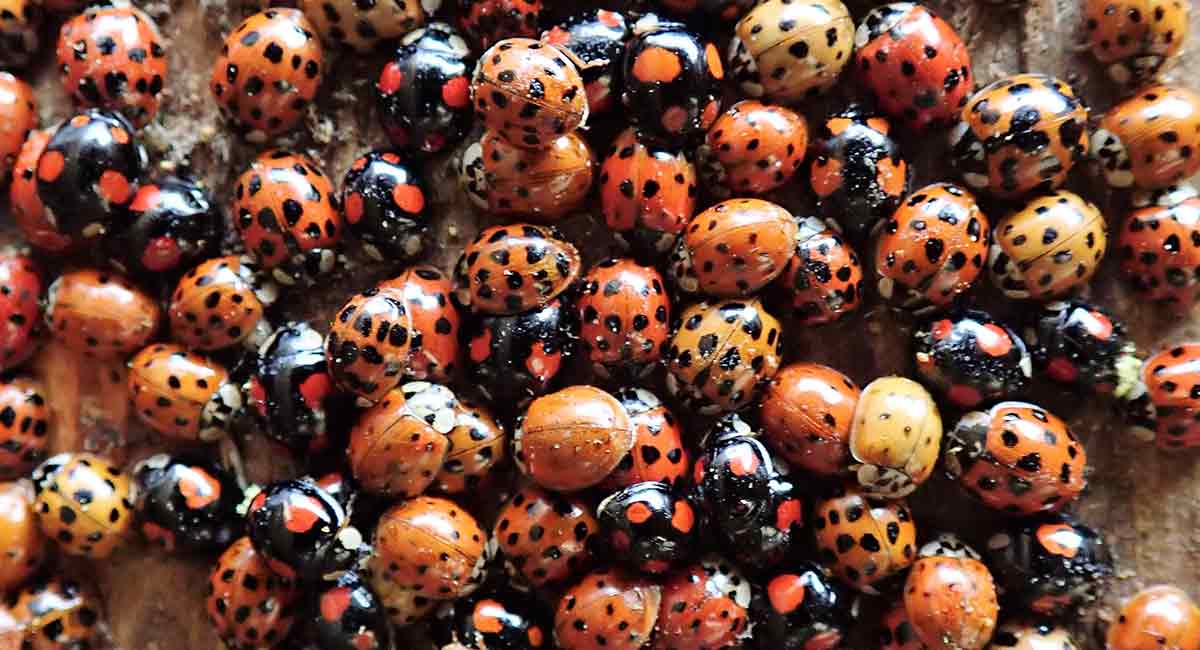Ladybirds in the house
Why are there so many Ladybirds in my house?
The harmless and useful English ladybird is a well liked British beetle. But in recent years a new and unwelcome relative has arrived in many UK homes. This visitor is the Harlequin Ladybird.
 The markings on the Harlequin Ladybird vary widely. It is larger than most of our own native ladybirds whilst still typically ‘ladybird’ in general appearance .
The markings on the Harlequin Ladybird vary widely. It is larger than most of our own native ladybirds whilst still typically ‘ladybird’ in general appearance .
However, the Harlequin ladybird has some rather different habits from our own garden beetle.
Householders in the South East are starting to get encounter these ladybirds entering their homes through gaps around window frames and settling in sometimes large numbers, often behind the curtains.
When disturbed, the Harlequin ladybird emits a vile smelling yellow chemical that can stain wallpaper and furnishings. The smell also attracts more ladybirds to the site.
When disturbed Harlequin Ladybirds may bite, resulting in a stinging sensation and some swelling. Allergic reactions to the bite have been reported.
As you can see this is altogether a different creature from our traditional ‘gardener’s friend’ and biologists everywhere are concerned about the spread of this highly successful insect.
If ladybirds have invaded your home in large numbers it is likely that these are the Harlequin variety.
We will be able to confirm identity of your visitors and to offer you advice and treatment.
Contact us on
01428 714031


After reading your article i have discovered more of theses Harliquin ladybirds around the house, but also what concerns me is the biteing.. As since finding them i have had strange red marks apperaring on my arms and hands was wondering if this isconnected
Hi David,
Thanks for the comment, whilst Harlequin Ladybirds have been known to bite what you’re describing is not typical of what we’ve seen. If you think that your red marks are caused by being bitten then you should arrange for a full survey of your property to see if there is another cause, if you are within our servicing area we will happily do this at no cost, if you are not it is worth checking the website of the British Pest Control Association (http://bpca.org.uk/) to find a reputable pest controller in your area. The other thing I would recommend is going to see your GP to see if there is a medical reason for the marks you’ve noticed.
I hope this helps.